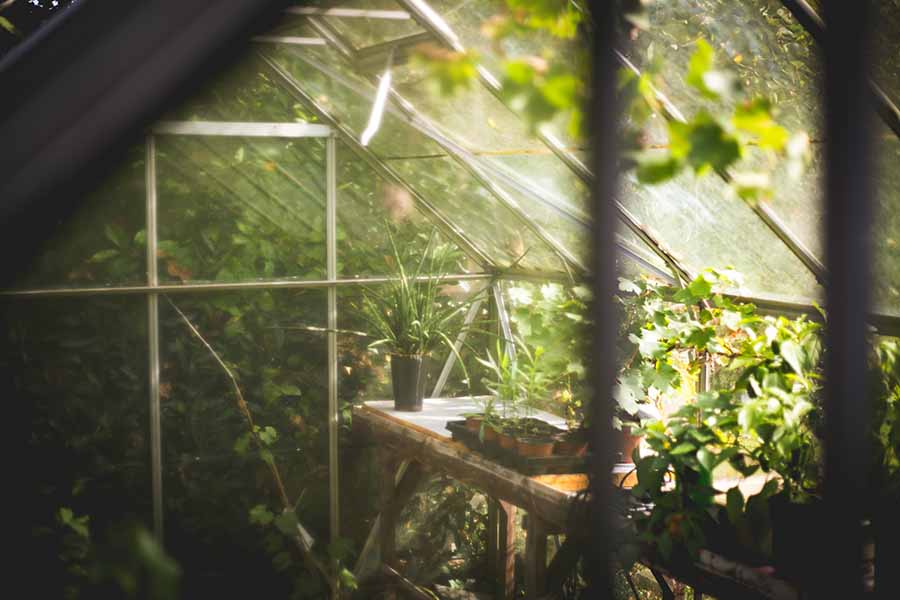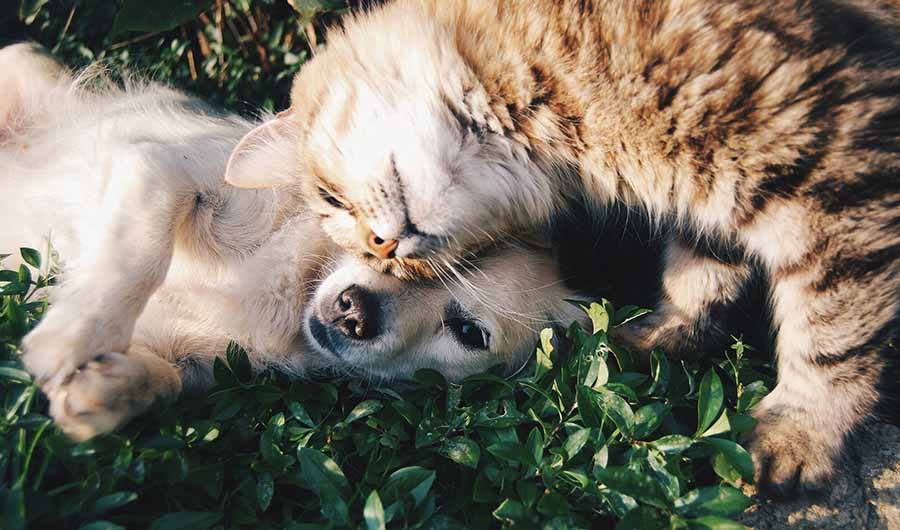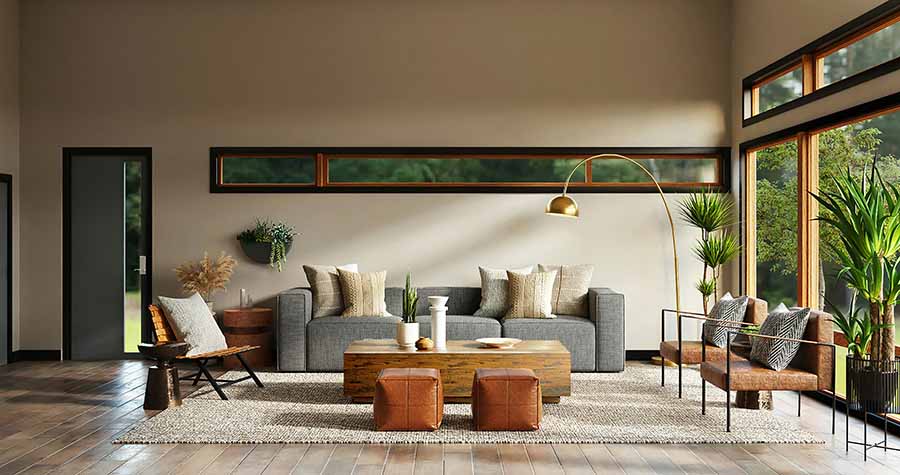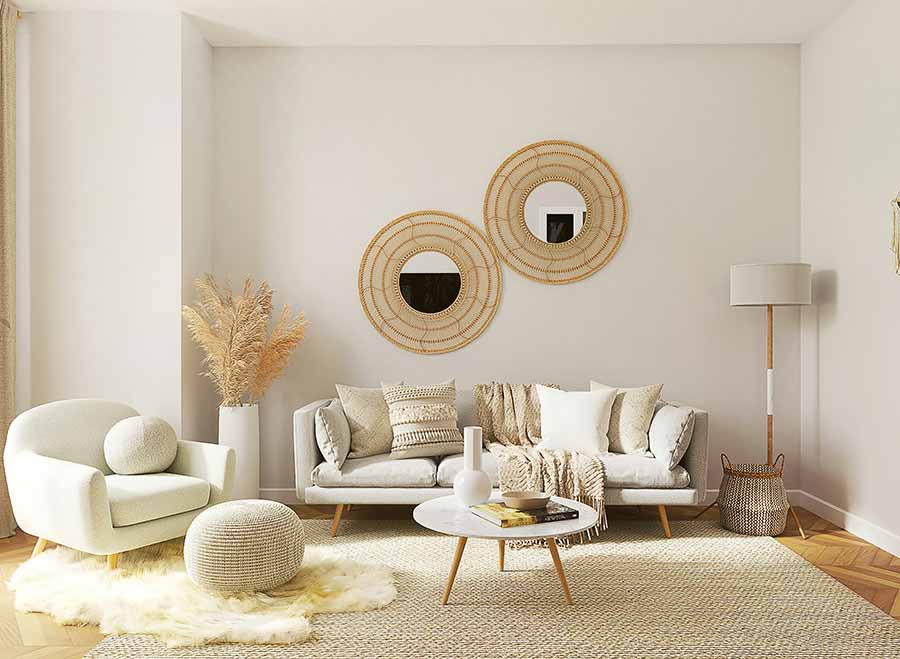Pet-Friendly Garden Design: Safe and Stylish Outdoor Spaces
Many of us consider our pets to be family members rather than just animals. Their demands must therefore be taken into account just as much as your own when planning or remodeling your landscape. A thoughtfully designed garden can serve as a safe, engaging habitat for your pets as well as a lovely escape for you. Here’s how to design a pet-friendly landscape without sacrificing design.
1. Select Plants That Are Not Toxic
Certain popular garden plants, such as daffodils, azaleas, and lilies, can be dangerous to pets. When choosing plants, use pet-safe types like:
- Marigolds
- Snapdragons
- Sunflowers
- Rosemary
- Camellias
Make sure your plant selections won’t endanger inquisitive nibblers by doing your homework or consulting a list that has been approved by a veterinarian.
2. Establish Pet Areas
Pets benefit from special locations created for their hobbies, just as you like to relax, walk, or garden in places allocated for those purposes. Think about:
Digging pit: Your dog won’t dig up your flower beds if you fill it with sand or mulch.
Shaded spaces are necessary for dogs and cats to stay cool, even though they like spending time in the sun.
Pet paths: Pets can patrol their territory without stepping on your beds thanks to stone or mulch trails.
3. Use Secure Hardscaping
Make use of paw-friendly, non-slip surfaces like bark mulch, smooth flagstones, or decomposed granite. In the summer, stay away from scorching paving stones and jagged gravel that could burn your paws.
4. Use Caution When Using Water Features
Pets enjoy the water, but make sure any fountains or ponds are shallow enough to avoid mishaps. Include escape routes for cats and small dogs, such as pebbles or mild hills around the perimeter.
As long as it is cleaned on a regular basis, a running water fountain can serve as both a fashionable garden element and a supply of water for your pets.
5. Boundaries and Fencing
Good fencing is the first step to a secure garden. Make sure there are no openings for pets to enter or jagged objects that could hurt them. Higher fencing or double-gating entryways are options for dogs or jumpers that are more daring.
Without blocking views, low hedges or ornamental fences can also be used to assist keep pets away from sensitive places.
6. Chic Pet and Storage Furniture
Use chic ideas to incorporate pet demands into your design:
- A storage bench or waterproof toy cabinet can be used as a place to sit.
- Wood or rattan finishes can be used to disguise elevated pet beds and doghouses to blend in with the design of your yard.
It is possible to include cat-friendly climbing structures into fences or trellises.
7. Organic Pest Management

Steer clear of toxic pesticides, herbicides, and fertilizers. To naturally ward against pests, choose pet-safe or organic substitutes and experiment with companion planting. It’s important to keep dangerous materials out of your garden because pets frequently lick or eat grass and plants.
8. Purposeful Pet-Friendly Plants
Select plants that have several uses. For instance:
- Lavender smells wonderful and keeps fleas away.
- Catnip grows easily in a pot and is adored by cats.Both rosemary and thyme can be used in the kitchen and are acceptable for pets to eat.
Having a pet-friendly landscape doesn’t mean sacrificing aesthetics. You can create an outside area that is fashionable, useful, and enjoyable for both people and pets with careful design. Your garden can be the ideal communal haven, whether it’s a peaceful haven or a bustling play area.


